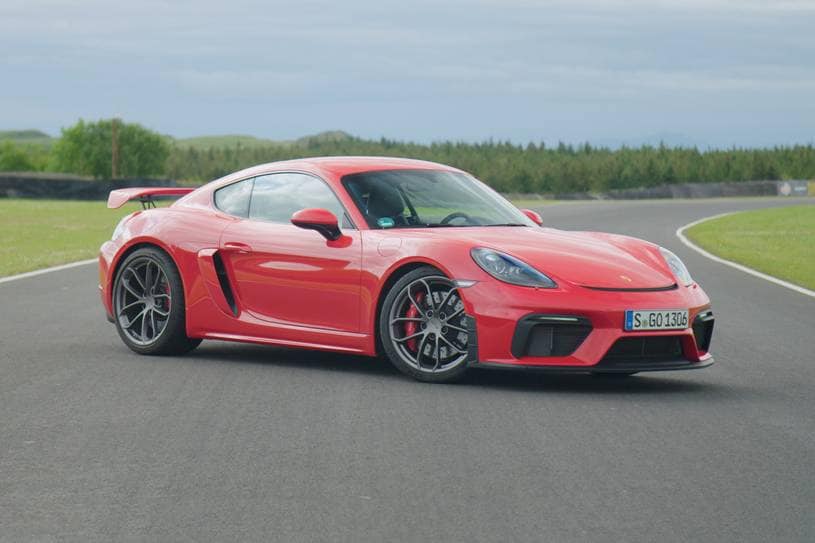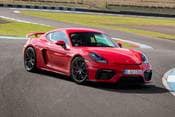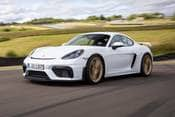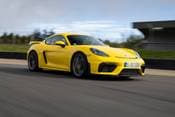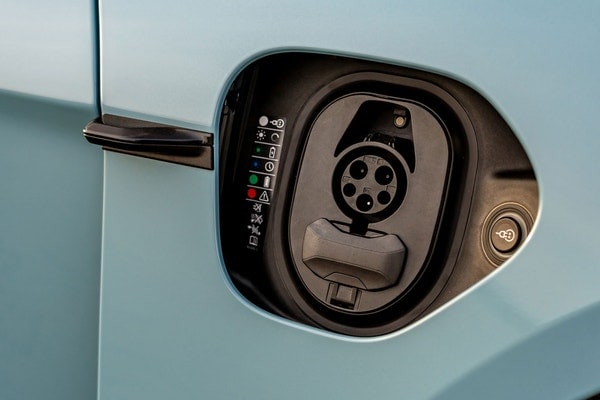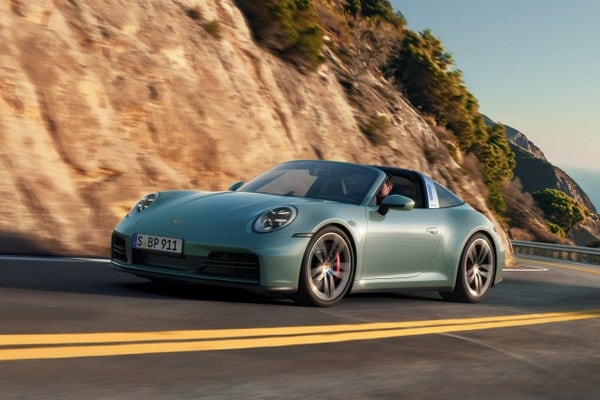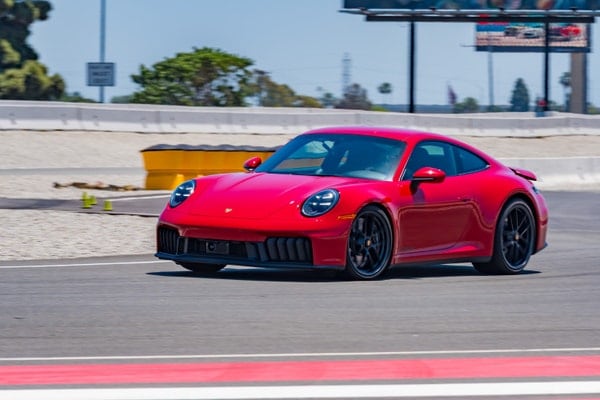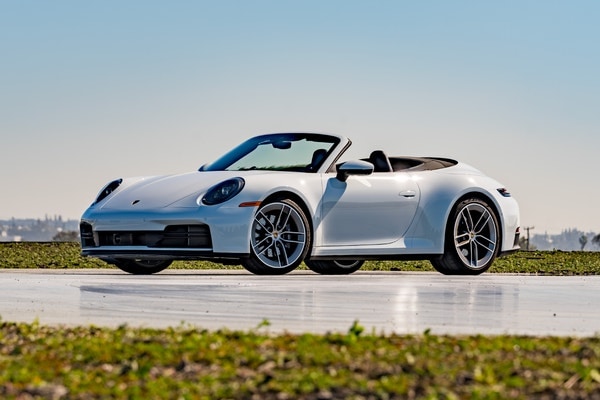What is the 718 Cayman?
The Chevrolet Corvette is faster, the BMW Z4/Toyota GR Supra twins are much more affordable, and to get the one you'd actually want, you have to spend some serious coin. But if you spec it right, the 2022 Porsche 718 Cayman is one of the most enjoyable sports cars on the planet. We're head over heels in love with the naturally aspirated six-cylinder versions of this mid-engine coupe (skip right past the turbocharged fours, thanks), and even though it's not exactly wallet-friendly, the Cayman is a real treasure.
It's not too surprising, then, that Porsche is doubling down on performance for the 2022 version. While 2021 saw the addition of the GTS 4.0 — bringing the flat-six to a slightly more affordable price point, this year, the Cayman swings in the other direction. The GT4 RS is the most extreme example of a roadgoing Cayman ever produced by the factory. It's powered by the same six-cylinder as the 911 GT3, making 493 horsepower and 331 lb-ft of torque in this application. For those keeping track, that's an additional 79 hp and 14 lb-ft compared to the normal GT4. Available solely with Porsche's PDK dual-clutch automatic transmission, the GT4 RS is expected to sprint from 0 to 60 mph in 3.2 seconds — half a second quicker than the PDK-equipped GT4. You also get performance add-ons like aerodynamic bodywork, a large rear spoiler, unique suspension tuning and weight-reducing interior materials.
